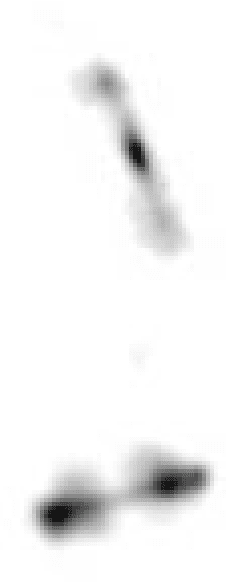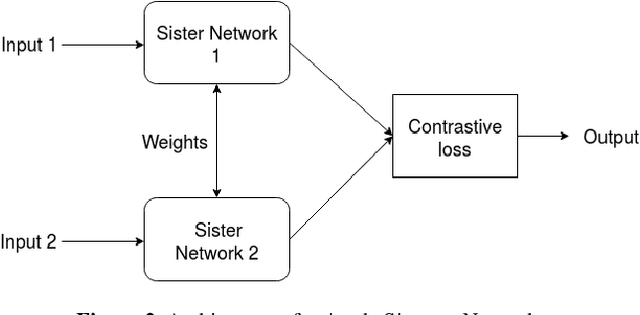Yogesh Wadadekar
Data-Efficient Classification of Radio Galaxies
Nov 26, 2020



Abstract:The continuum emission from radio galaxies can be generally classified into different classes like FRI, FRII, Bent, or Compact. In this paper, we explore the task of radio galaxy classification based on morphology using deep learning methods with a focus on using a small scale dataset (~ 2000 samples). We apply few-shot learning techniques based on Siamese Networks and transfer learning techniques using a pre-trained DenseNet model with advanced techniques like cyclical learning rate, discriminative learning to train the model rapidly. We achieve a classification accuracy of over 92% using our best performing model with the biggest source of confusion being between Bent and FRII type galaxies. Our results show that focusing on a small but curated dataset along with the use of best practices to train the neural network can lead to good results. Automated classification techniques will be crucial for upcoming surveys with next generation radio telescopes which are expected to detect thousands of new radio galaxies in the future.
Predicting star formation properties of galaxies using deep learning
Feb 10, 2020



Abstract:Understanding the star-formation properties of galaxies as a function of cosmic epoch is a critical exercise in studies of galaxy evolution. Traditionally, stellar population synthesis models have been used to obtain best fit parameters that characterise star formation in galaxies. As multiband flux measurements become available for thousands of galaxies, an alternative approach to characterising star formation using machine learning becomes feasible. In this work, we present the use of deep learning techniques to predict three important star formation properties -- stellar mass, star formation rate and dust luminosity. We characterise the performance of our deep learning models through comparisons with outputs from a standard stellar population synthesis code.
 Add to Chrome
Add to Chrome Add to Firefox
Add to Firefox Add to Edge
Add to Edge